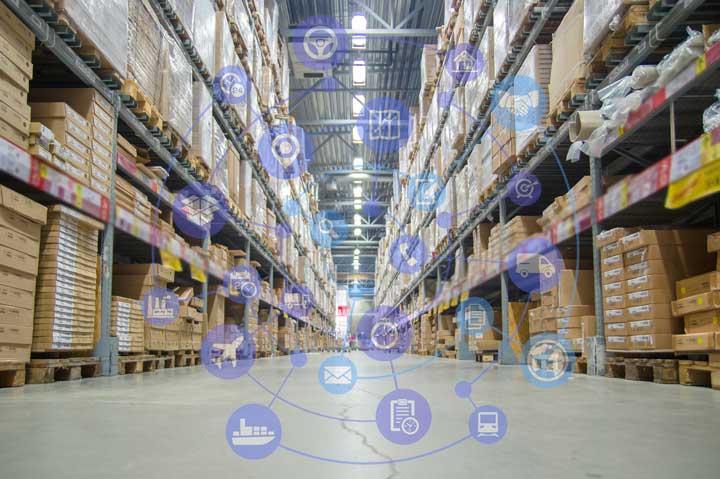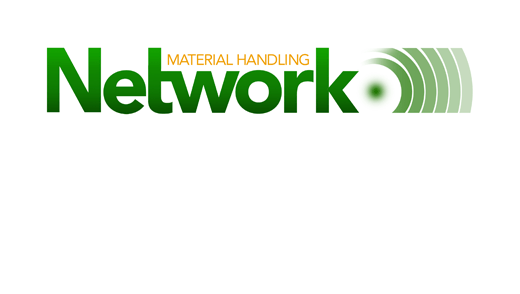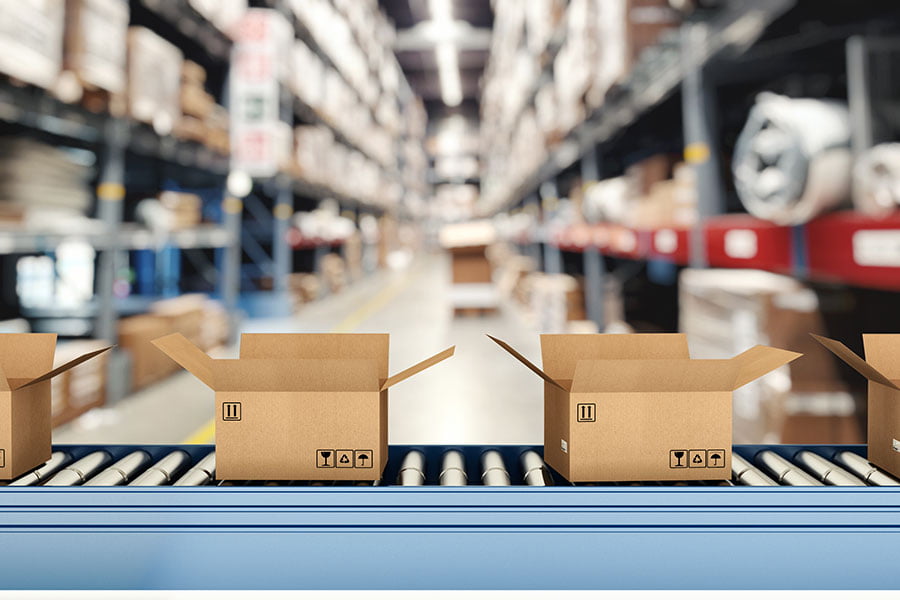Published January 9, 2014
What does it mean to be “shelf-connected”? While the supply chain historically ended once a product was successfully delivered to the distribution center, today’s supply chain extends all the way to the retailer’s shelf.
To be “shelf-connected” is to successfully balance supply with real-time demand, as well as being aware of store shelf visibility. Tompkins International’s new report, Taking the Supply Chain to the Shelf, explores this topic and how industry leaders are approaching this initiative.
The concept of getting information and visibility to products and inventory levels as close to the consumer as possible has been around for many years. Yet the execution of being connected and having visibility to retailers’ store shelves has proven to be difficult. It can be low on many companies’ priority lists, which leads to a lack of critical support from senior management. Low priority coupled with lack of support means there is little investment in the right technology to allow for the possibility of a shelf-connected environment.
But we continue to discover that companies who make the connection are seeing huge benefits. The benefits of a balance in supply and demand can be reduced retail stock-outs, minimized inventory levels, and reduced logistics costs. This is a competitive advantage in servicing consumers that helps companies optimize profitability.
There is a rising need for consumer products and retail companies to improve their store shelf visibility in order to meet the growing demands of consumers and reduce costs. Beginning and executing an initiative to connect with retailers’ shelves can be time-consuming, but the results are worth it.
Take a look at how your supply chain operation and consider taking the first step. Like many significant improvement initiatives, the process to becoming fully shelf-connected is not just a project, but a journey.



